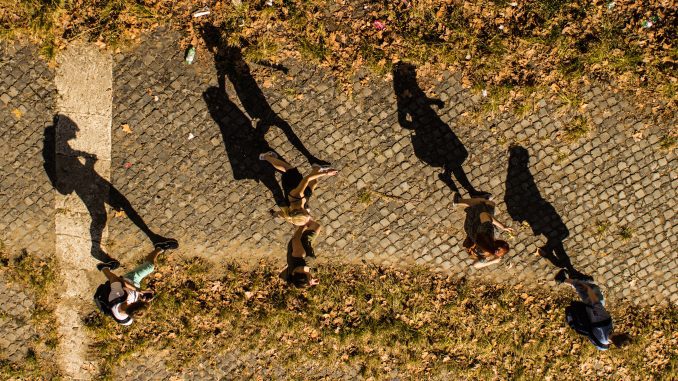
There is an oft-repeated statistic that one in five females on college campuses are victims of sexual assault. That number has been highlighted by former President Barack Obama and Vice President Joe Biden. The perception among many is that there is a campus rape epidemic in America. In a survey recently highlighted by professor KC Johnson for Minding the Campus, Duke University reported an astounding 40 percent of female undergraduates and 10 percent of males have been victims of sexual assault. “This data would mean that each year, a female undergraduate at Duke is 5.5 times more likely to be a victim of violent crime than a resident of St. Louis, which FBI statistics listed as the nation’s most dangerous city in 2016,” declared Johnson. Duke rightly declared the numbers unacceptable.But can these numbers be true? What may even be more astounding is that 88 percent of females who took the survey say they feel safe on Duke’s campus. Digging deeper into the survey may not fully explain this disparity, but it does offer additional insight. Some of it can be explained by a broadening definition of sexual assault. The study too declares that more common locations for assaults are off campus. Some might argue that campuses foster a culture of victim hierarchy, where students are prompted to insert themselves into the prevailing sexual assault narrative.Colleges, universities, and taxpayers spend considerable amount of money on preventing sexual violence and assault. But how effective are the good intentions? One of the glaring problems is that most campuses navigate “hookup culture” by emphasizing the necessity of consent, alcohol education, and buddy systems like bystander intervention. All good things, especially if one is going to indulge in party culture. Through education and preventative training initiatives, campuses often normalize this behavior even more, neglecting far greater truths about human relationships and sexual intimacy. Consent plus hedonism ultimately proves unfulfilling and harmful, particularly for many young women.There are now apps on smart phones so presumably strangers mutually consent to their hookup, keeping a record just in case stories are changed. New York and California have passed laws detailing steps you must take to secure acceptable consent on college campuses. As University of Tennessee law professor Glenn Reynolds likes to ask on his Instapundit weblog, “Why are leftist universities such cesspits of sexual violence?”Documentaries like the popular “Hunting Ground” highlight what many see as an escalating campus rape crisis. While a powerful film and well intentioned in many ways, the documentary errs in putting advocacy ahead of facts by including stories that fell apart under closer examination. From the Duke lacrosse case, North Carolinians and much of the nation know the consequences of false reporting. And because consent is easily blurred or misinterpreted through random hookups, morning regrets often turn into reports that campus judicial officials must sort out. The consequences for the wrongly accused, even if acquitted, can be life-altering. One only has to familiarize themselves with the accusations hurled against Paul Nungesser by Emma Sulkowicz at Columbia University in 2013. Sulkowicz carried a mattress around school to protest Nungesser being cleared by school officials, but in many ways the entire saga encapsulates the broken campus hookup culture.Many colleges and universities are extremely proactive to protect students. Some have even wisely considered offering more sex-segregated dorm options. Any sexual assault is always wrong and reporting must be encouraged. There is no doubt that predators do exist and some universities have settled multi-million dollar lawsuits after stifling investigations to protect cash cows like football.But lost in the debate too is that female college students, per the Department of Justice, are less likely to be a victim of sexual assault compared to their non-college peers. However, when it comes to college campuses, if sexual activity is oriented more toward recreation rather than the sacred, all the good intentions ultimately fall short.
Ray Nothstine is a member of the North State Journal’s editorial board, separate from the news staff. Unlike other newspapers, the North State Journal does not publish unsigned editorials; the author or authors of every editorial, letter, op-ed, and column is prominently displayed. To submit a letter or op-ed, see our submission guidelines.



